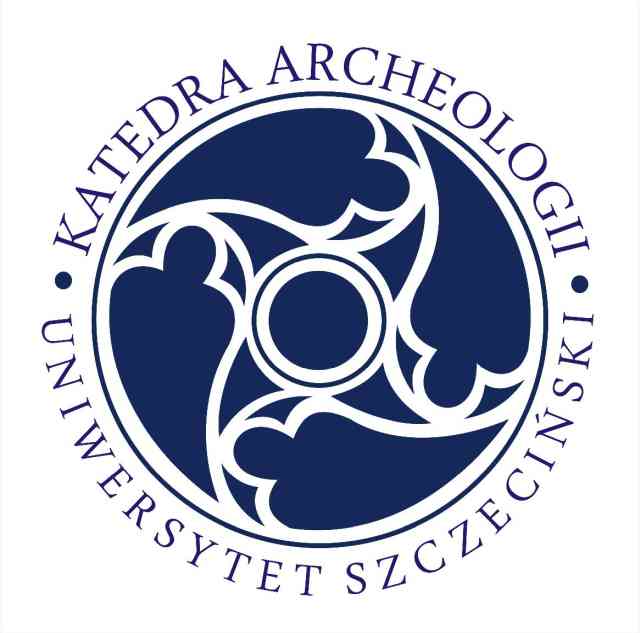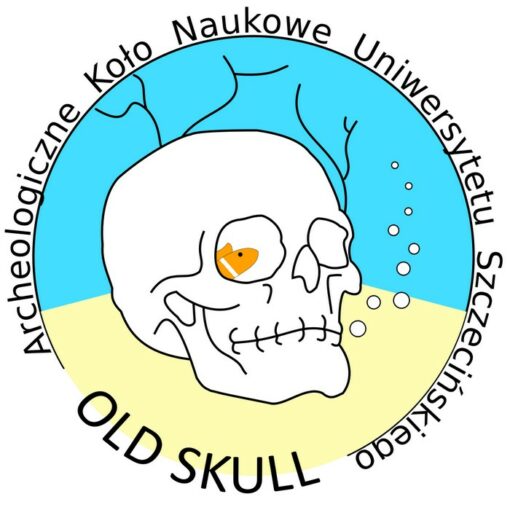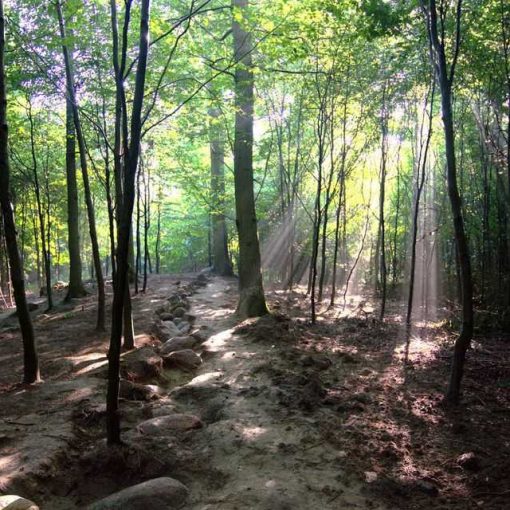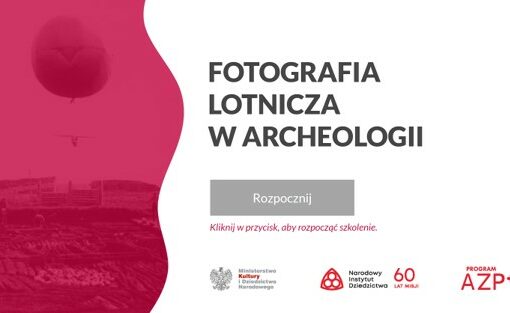 Rondels are the oldest monumental ceremonial objects in Europe. They appeared some 200 years after the demise of the Linear Pottery culture (c. 4800 BCE). They have given a new shape to the resurgent ’DanubianNeolithic World’. However, despite intensive research, it is still unclear (1) how the transition process took place after the fall of the LBK; (2) how long rondels were function; and (3) under what circumstances they were abandoned. In this paper, we present a new approach to this problem based on an analysis of the biography of a single object based on the integration of archaeological and palaeoenvironmental data. We assume that the highresolution pollen analysis of lake sediments provides critical data on the dynamics of population change (hiatuses, sharp declines and increases in population size) and how the environment is affected (felling of specific tree species, fires, cultivation of particular crops, grazing intensity). They provide a better understanding of the sequence of settlement and construction changes as well as alterations in material culture available in the archaeological record. The subject of the analysis is a site in the Lower Oder Valley (north-west Poland), at the furthest northern periphery of the ’Danubian World’.
Rondels are the oldest monumental ceremonial objects in Europe. They appeared some 200 years after the demise of the Linear Pottery culture (c. 4800 BCE). They have given a new shape to the resurgent ’DanubianNeolithic World’. However, despite intensive research, it is still unclear (1) how the transition process took place after the fall of the LBK; (2) how long rondels were function; and (3) under what circumstances they were abandoned. In this paper, we present a new approach to this problem based on an analysis of the biography of a single object based on the integration of archaeological and palaeoenvironmental data. We assume that the highresolution pollen analysis of lake sediments provides critical data on the dynamics of population change (hiatuses, sharp declines and increases in population size) and how the environment is affected (felling of specific tree species, fires, cultivation of particular crops, grazing intensity). They provide a better understanding of the sequence of settlement and construction changes as well as alterations in material culture available in the archaeological record. The subject of the analysis is a site in the Lower Oder Valley (north-west Poland), at the furthest northern periphery of the ’Danubian World’.




